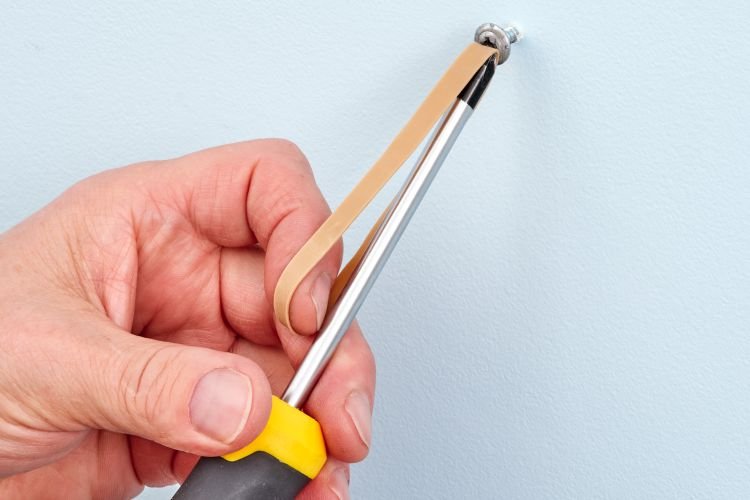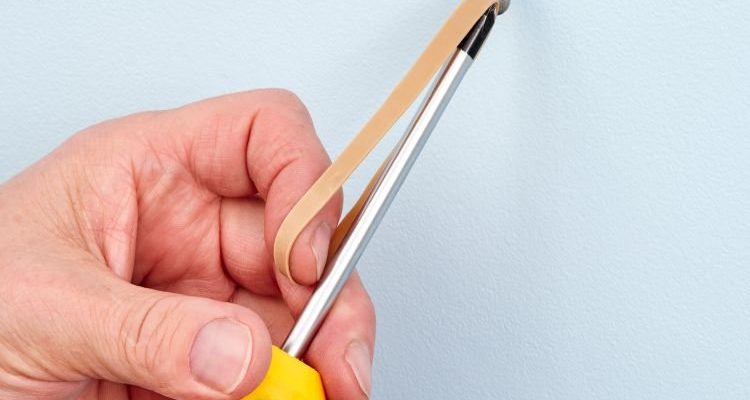
So, how do you keep those screws from stripping? It’s all about choosing the right screws and techniques for installation. Let’s dive in and explore some practical strategies that can help your door hardware stay securely attached. Think of this guide as your toolbox for keeping those pesky screws in check.
Understanding Screw Striping
To prevent screws from stripping, you first need to understand what that means. When a screw strips, the threads get damaged, often due to excessive torque or using the wrong screwdriver. This can happen when the screw is installed too tightly, or if the screwdriver isn’t the right fit for the screw head. It’s frustrating, isn’t it? You thought you were doing everything right, and then *bam*—you’re stuck with a loose doorknob.
Imagine trying to fit a square peg into a round hole. It just doesn’t work out. The same goes for screws and screwdrivers. If they don’t match, you’re opening Pandora’s box to a lot of issues, including stripped screws. So, what can you do to avoid this situation?
Choosing the Right Screws
The kind of screws you use is crucial. Not all screws are created equal; some are specifically designed for door hardware. When shopping for screws, look for wood screws or machine screws that are made from durable materials like stainless steel or brass. These materials resist corrosion and can stand up to the stress of daily use.
Additionally, consider the length and diameter of the screws. If they’re too short, they won’t hold well. If they’re too long, they could break through the other side of the door frame. Here’s the thing: just like a good pair of shoes, the fit matters. A screw that’s the right size will grip better and ultimately reduce the chances of stripping.
Using the Correct Tools
Using the right tools is just as important as selecting the right screws. A screwdriver should fit snugly into the screw head. If it’s too loose, you run the risk of stripping those threads. You might be wondering what types of screwdrivers to use. Generally, flathead and Phillips screwdrivers are common. If you’re dealing with square or hex screws, make sure you have the right driver for those as well.
Don’t forget about using a power drill with adjustable torque settings if you’re installing screws in large door hardware. It’s easy to get carried away with a drill and overtighten screws. Set the torque to a lower number to keep your screws snug but not too tight. Think of using a power drill like handling a delicate instrument—sensitive, but powerful when used correctly.
Proper Installation Techniques
Now that you’ve got the right screws and tools, let’s talk about how to install them correctly. First, always pre-drill holes, especially in harder materials. Pre-drilling helps the screw go in easier and reduces stress on the threads. Make sure to choose a drill bit that’s slightly smaller than the screw diameter—this will help your screws grip better.
When you’re inserting the screws, apply steady, even pressure. Don’t rush it; a slow and steady approach is your best bet to prevent stripping. If you feel resistance, don’t force it. Back it out, check for debris, and try again. Remember, patience is key here.
Regular Maintenance Checks
Regular maintenance can keep your door hardware in tip-top shape and avoid any surprises down the road. Check your doors at least once a season. Look for any loose screws or hardware that might need to be tightened. If you find any stripped screws, replace them immediately to avoid further damage.
Consider applying a little lubricant to the hinges and screws during your maintenance checks. This can help reduce friction, making it less likely that screws will strip over time. Just be careful not to use too much; you want a light coating, not dripping wet.
Using Thread Sealant or Locking Adhesives
Another trick to keep screws secure is to use a thread sealant or locking adhesive. These products can help hold screws in place and prevent them from loosening over time. It’s like adding a safety net beneath you—just in case something goes wrong.
When applying these products, be sure to follow the manufacturer’s instructions carefully, as using too much can make it difficult to remove screws later. You don’t want to be wrestling with a door handle, trying to get that screw out!
Understanding When to Replace Hardware
Sometimes, despite your best efforts, screws may strip or door hardware might wear out. If you notice that your screws keep stripping, it may be time to evaluate the hardware itself. Consider replacing door handles, locks, or hinges that are old or worn.
You might be thinking, “Is it worth the cost?” Absolutely. Replacing hardware not only makes your door function better but also enhances the overall security of your home. Just like you wouldn’t drive a car with worn-out tires, you shouldn’t settle for faulty door hardware.
Preventing screws from stripping in your door hardware doesn’t have to be an uphill battle. By selecting the right screws, tools, and installation techniques, you can keep your doors functioning smoothly. Regular maintenance won’t hurt either; it’s your best friend in this process.
Investing a little time and effort will save you from the frustration of repairs down the line. So next time you grab a screwdriver, just remember: a bit of care goes a long way in keeping those screws—and your door hardware—secure. Happy DIYing!
